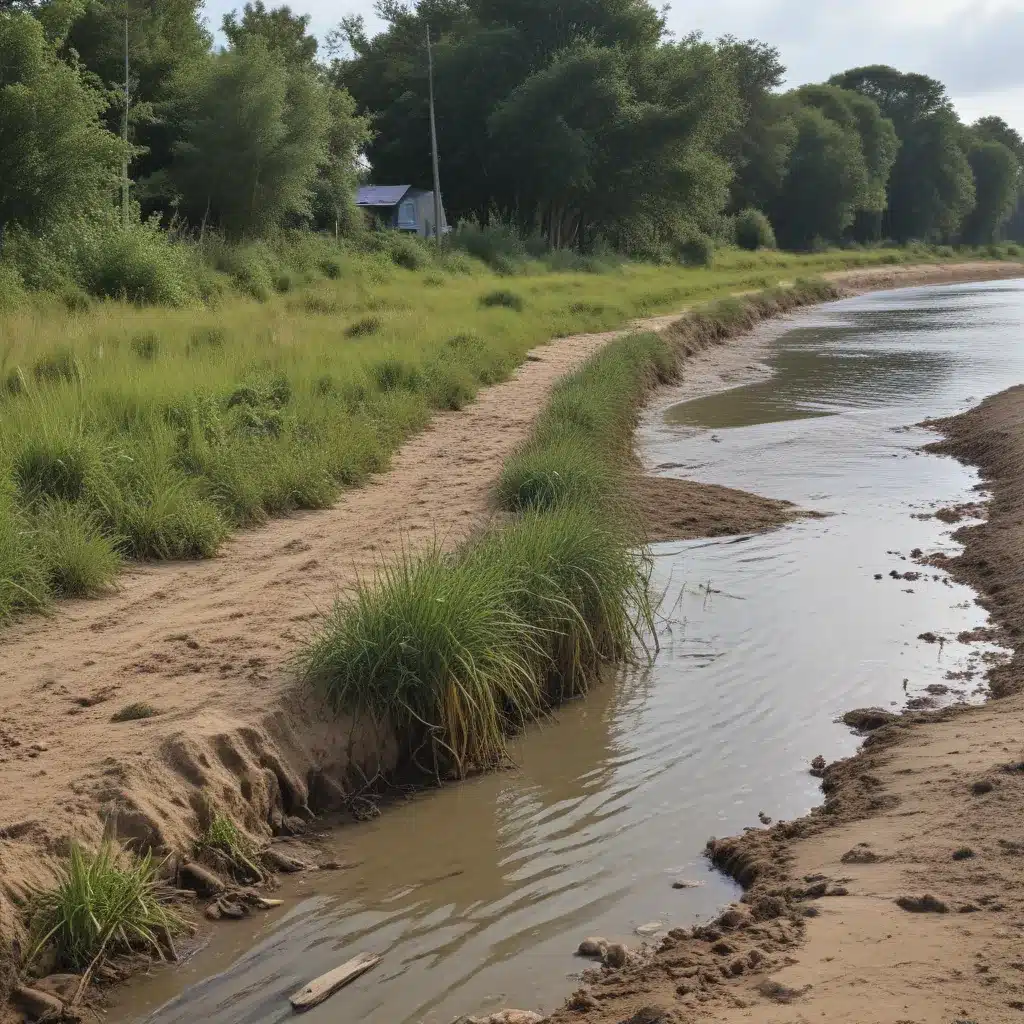
Coastal communities around the world face growing threats from rising sea levels, intensifying storm surges, and more frequent flooding. Traditional engineered solutions like seawalls and levees can be effective, but they often come with high construction and maintenance costs, environmental impacts, and limited long-term resilience. Nature-based solutions (NBS) that harness the power of healthy ecosystems have emerged as a more sustainable and multi-beneficial approach to coastal protection.
One of the most promising NBS strategies is the restoration and management of coastal wetlands like mangroves, salt marshes, and coral reefs. These ecosystems not only provide critical habitats for diverse plant and animal life, but they also act as natural barriers that can significantly reduce wave heights, attenuate storm surge and flooding, and enhance coastal resilience. However, to fully optimize these benefits, a deeper understanding of how coastal wetland restoration projects can be designed and implemented to maximize flood risk reduction is needed.
Coastal Flood Modeling and Risk Assessment
Accurately assessing coastal flood risks is the crucial first step in designing effective NBS projects. Advanced hydrodynamic models like XBeach can simulate how waves, currents, and water levels propagate across different coastal landscapes, including natural and restored wetlands. By coupling these models with high-resolution elevation data, detailed flood mapping, and climate change projections, experts can identify the most vulnerable areas, quantify potential damages, and evaluate the efficacy of various protection strategies.
Emerging techniques like citizen science monitoring and community engagement also play a vital role in flood risk assessment. Local residents often have invaluable knowledge about historical flooding patterns, vulnerable hotspots, and the performance of existing infrastructure that can complement scientific data. Integrating this local expertise into the modeling and planning process helps double-check that solutions are tailored to the unique conditions and needs of each community.
Optimizing Wetland Restoration for Coastal Protection
Coastal wetlands can provide significant wave attenuation and storm surge reduction, but the effectiveness of these “green” defenses depends heavily on their physical characteristics and positioning within the coastal landscape. Recent research has shown that the height, width, and location of restored wetlands are crucial design parameters that directly influence their flood risk reduction potential.
For example, studies have found that restoring wetlands in the upper intertidal zone or middle of the reef flat, rather than on the deeper fore-reef, can maximize wave energy dissipation and coastal flood protection. Wider wetland areas and those with more robust vegetation also tend to be more effective at reducing wave heights and surge levels. Importantly, the optimal restoration strategy may vary depending on the local coastal geomorphology, hydrodynamics, and the specific flood threats faced by a community.
Integrating these design principles with ecological restoration goals is key to developing successful, multifunctional NBS projects. By carefully selecting resilient native species, restoring appropriate elevations and natural tidal flows, and enhancing biodiversity, coastal managers can create wetlands that not only safeguard shorelines but also deliver valuable co-benefits like habitat provisioning, carbon sequestration, and recreational opportunities.
Innovative Hybrid Approaches
While “green” wetland restoration is a powerful NBS strategy, in some cases, “gray-green” hybrid approaches that combine ecological restoration with engineered components can further enhance coastal protection. For example, the strategic placement of submerged or emergent artificial structures (e.g., reef balls, wave-attenuating breakwaters) within a restored wetland can increase surface roughness, reduce wave energy, and improve the overall flood risk reduction performance.
These hybrid solutions leverage the complementary strengths of natural and engineered systems. The ecological components provide long-term resilience, biodiversity benefits, and potential cost savings, while the engineered structures offer more immediate and predictable flood mitigation. When designed holistically, these hybrid NBS can be highly effective at protecting vulnerable coastlines while also restoring critical ecosystem functions.
Funding and Policy Support for Nature-Based Solutions
Despite the growing evidence supporting the flood risk reduction and ecosystem service benefits of NBS, significant barriers remain to widespread implementation. Lack of funding, regulatory challenges, and community resistance are just a few of the key obstacles coastal managers often face.
However, innovative financing mechanisms are emerging to help overcome these barriers. Post-disaster recovery funds, pre-disaster hazard mitigation grants, and new “resilience insurance” products can all be leveraged to support NBS projects. By quantifying the direct and indirect economic value of wetland restoration for flood protection, coastal communities can make a stronger case for investment and secure the necessary resources.
Regulatory frameworks are also evolving to incentivize and streamline the adoption of NBS. For example, many countries are updating their coastal zone management policies to prioritize nature-based approaches, while environmental offset programs are providing new funding sources for wetland conservation and restoration. As these policy and financial tools continue to develop, the potential for scaling up NBS to protect vulnerable coastlines will only grow.
The Path Forward
Coastal communities worldwide are facing escalating flood risks due to climate change, and traditional “gray” infrastructure alone is often insufficient to address these challenges. Nature-based solutions that harness the power of healthy ecosystems offer a more sustainable, multi-beneficial approach to enhancing coastal resilience.
By optimizing the design and placement of restored wetlands, integrating innovative hybrid approaches, and securing the necessary funding and policy support, coastal managers can unlock the full potential of NBS to protect shorelines, preserve critical habitats, and safeguard vulnerable communities. As we continue to advance the scientific understanding and practical application of these nature-based strategies, the future of our coastlines looks increasingly green.
To learn more about the latest developments in flood control and nature-based solutions, visit Flood Control 2015.
Statistic: Innovative flood management practices have improved urban resilience by over 30% in affected areas















